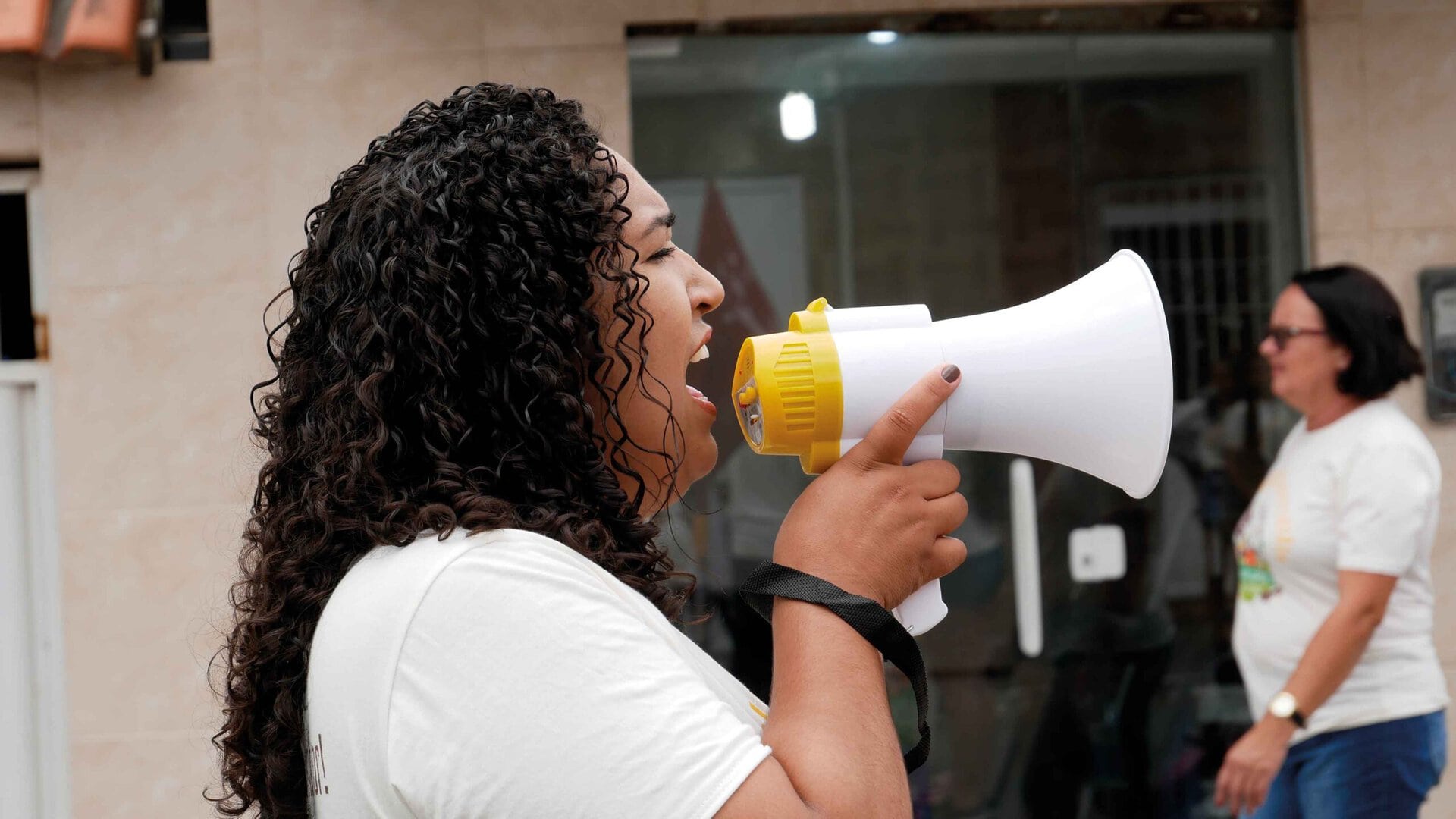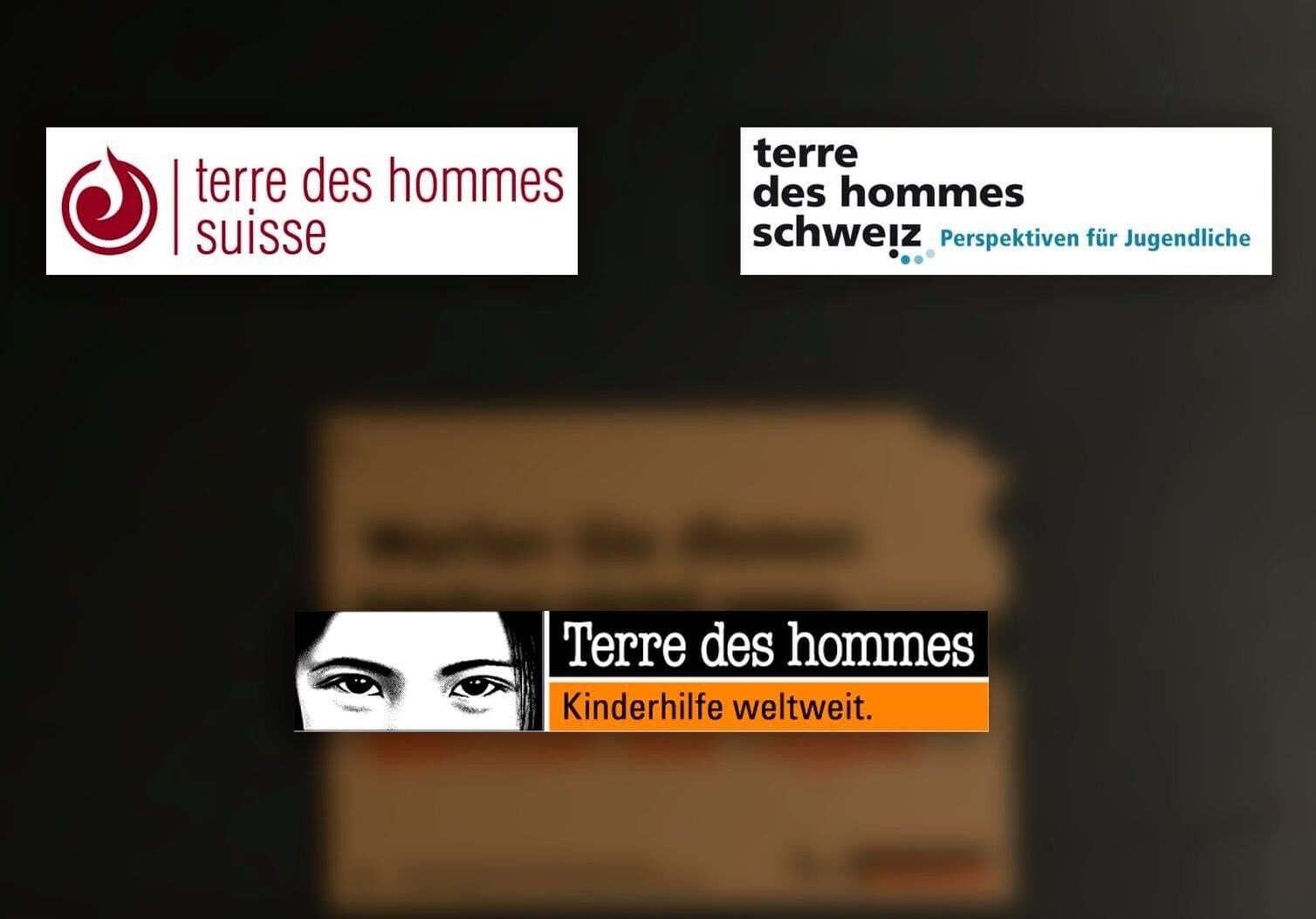Together with child and adolescent psychiatrist Dr. Therese Steiner, Irene Bush has been running the Youth2Youth (Y2Y) training program for eight years, which has been very successful in our project countries. We asked her where this success comes from and what she has learned from this time.
terre des hommes schweizWhat is Y2Y explained in simple terms?
Irene Bush: Youth2Youth is a training program in which young people learn to apply the solution focussed approach (SFA). This means that they learn how to communicate better and how to use their existing strengths. They also learn how to set better goals in order to achieve them. In the course of this training, they develop a kind of attitude that they can apply both to their lives and to their work with other young people.
What kind of young people take part in the Y2Y program?
These are young people who are sent by our project partners. In other words, they are young people who have many strengths but are disadvantaged by their circumstances. They have difficulties and have to live with these challenges
What are these difficulties?
Some have parents who have HIV/AIDS. Others, for example, grow up alone and often in difficult circumstances such as poverty, neglect and in an environment full of violence.
There is also a special teaching method behind the Y2Y program. What is so special about it?
In Africa, frontal teaching prevails. In schools, pupils mainly learn to repeat content. The ability to find out or discuss things for themselves is neglected. In contrast, at Y2Y the young people have a say in what is useful for them. They talk about their challenges, their problems and what they would like to learn or in which situations they need support. And then the program is adapted. The young people ask themselves questions such as: How do I deal with it in a solution-oriented way when someone dies or someone comes to me and needs help? It is very interactive. The workshops are designed by the facilitators and the young people together.
What effect does this teaching method have on young people?
The young people are strengthened in their personality. On the one hand, they learn to develop their own opinions and, on the other, to stand up for them and defend them.
This is very positive. However, depending on the environment, it can also be problematic if young people are suddenly able to assert themselves. They could also be perceived as rebellious.
It was clear to us from the outset that young people who have an opinion can also get into trouble. That’s why we try to involve those responsible for the project right from the start. At the start of a project, they are asked whether they want young people to be empowered at all. They are also invited to take part in the Y2Y program. So far, this has usually worked very well. But this aspect is a challenge for the organization and the respective communities.
Why is that a challenge?
The image of young people in communities is often poor. They are often perceived as a problem. However, the evaluation of the Y2Y program has shown that the image of young people in the community has improved. Young people who have undergone SFA training are more involved in the community, get involved and take on tasks. In turn, they are also heard more. These young people have then sometimes also got a job in the organization or the community.
If you compare the way the Y2Y program works today with the way it worked eight years ago, what has changed?
We have found that exchange in a network among the program graduates is very important. This enables the young people to translate certain words from the program into their own language. It is also important to create links to the respective culture and to recognize existing values that are suitable for SFA. What we would never have thought possible is the fact that the young people develop their own version of SFA in their own culture. They are developing their own visual languages. This shows a degree of professionalization that I would not have thought possible.
What lessons have you learned from the last eight years of Y2Y?
Anything is possible if you believe in it and work on it with people. It’s worth putting your trust in young people.
While accompanying the program, you got to know the fates of many young people. Were there any moments that have stayed with you?
I am always touched when I witness the changes in young people. For example, there was a young woman who was initially unable to look me in the eye and say anything. She is now the director of a partner organization and looks after young women who have experienced assault. Another girl was a domestic worker and equally intimidated. For the first two modules, she didn’t really know why she was there. Now she is training to be a teacher and helps other maids. But there are also young people who didn’t complete the training and continued with SFA anyway. They now use SFA as a method in their work as doctors or lawyers. The participants in the Y2Y program now see themselves as a kind of movement due to their independent dissemination. We have recorded some of these stories in our book. That’s why I recommend everyone to read this part of the book first. It makes you curious to find out how something like this is possible.
What role does the new book play in the Y2Y program?
It plays no role in the actual training. It is a documentation of the program and its development. From my own experience in development cooperation, I can say that the Y2Y program is quite extraordinary. And it was a brave thing to try at the time. The aim was to empower young people, but we didn’t know whether it would work at all. Y2Y is a unique thing.
Who is this book suitable for? Which group of people are you addressing with this book?
For all organizations that work with people. The book shows how much can be achieved through collaboration. People who already work with SFA can learn new creative methods for further developing SFA. There is a lot of practical guidance. Last but not least, the book shows how lay people can be guided so that they are able to help others.
Where can you learn SFA in this or a similar form in Switzerland?
There are a few courses in Switzerland that teach the basics. But there are none like us, with the creative part of the program. You can learn SFA in Switzerland, but only here in this practical and low-threshold way. Although it would also work here in Switzerland for young people – for example with young refugees who have similar cultural backgrounds.
Youth2Youth is written in English and can be ordered in stores under ISBN number 9 7837 4316 1504.
If you are interested in more news and want to stay up to date, visit our newsroom or subscribe to our newsletter.



